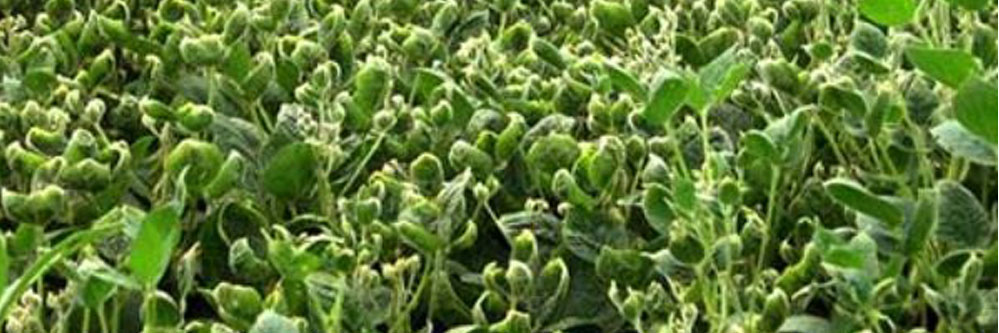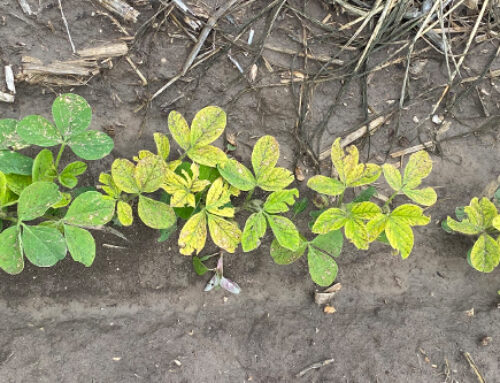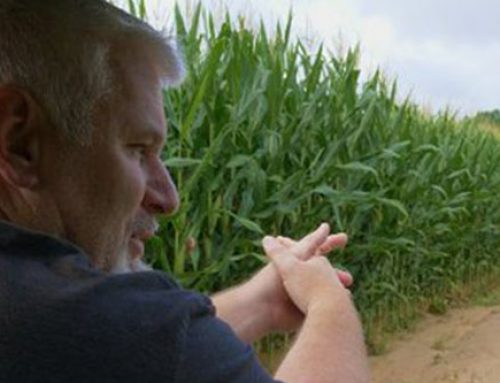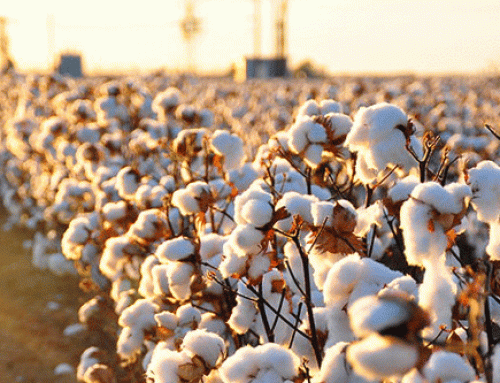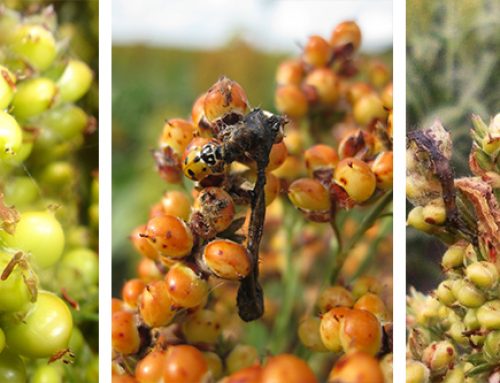The long-awaited genes that have been bred into soybeans and cotton to allow the use of dicamba over-the-top of these crops got off to a rocky start in 2017. Whether all the cases of ‘off-site’ dicamba damage were truly from the increased use of dicamba during the growing season, the EPA and the states are responding to the situation by creating some new restrictions and best management practices that will be implemented in the coming growing season.
Dicamba is now considered to be a ‘Restricted Use Pesticide’. This classification changes the responsibilities of applicators when using these products. Most of the changes are around record-keeping and training. The label will also add more stringent restrictions on wind speeds, times of application, and clean-out procedures.
Probably the biggest change is that any applicator that applies dicamba (or other auxins) over the top of soybeans or cotton will be required to go through a training, and get certified to apply these products. This proof of certification will need to be a part of all record-keeping as well.
As sites get set up to train applicators, we will keep our producers informed of opportunities to get the proper certification. This may be a daunting task to get everyone who needs this certification completed by spring. We want to help get the word out now, so producers will not get caught without the proper training when it comes time to use these products.
This technology is important to growers, and is worthy of proper stewardship. We urge all producers to stay informed, so these products can stay in our weed control toolbox. It is important to understand that the new technologies that allow auxin herbicides to be treated over the top of these broadleaf crops are just that – a tool. They are by no means the ‘end-all’. Proper weed control requires a planned approach, which includes layered residuals, multiple modes of action, and proper timing. Please visit with your Crop Quest Agronomist to plan the best strategy for your fields and weed spectrum.
Featured Image by: Tom Barber, University of Arkansas
